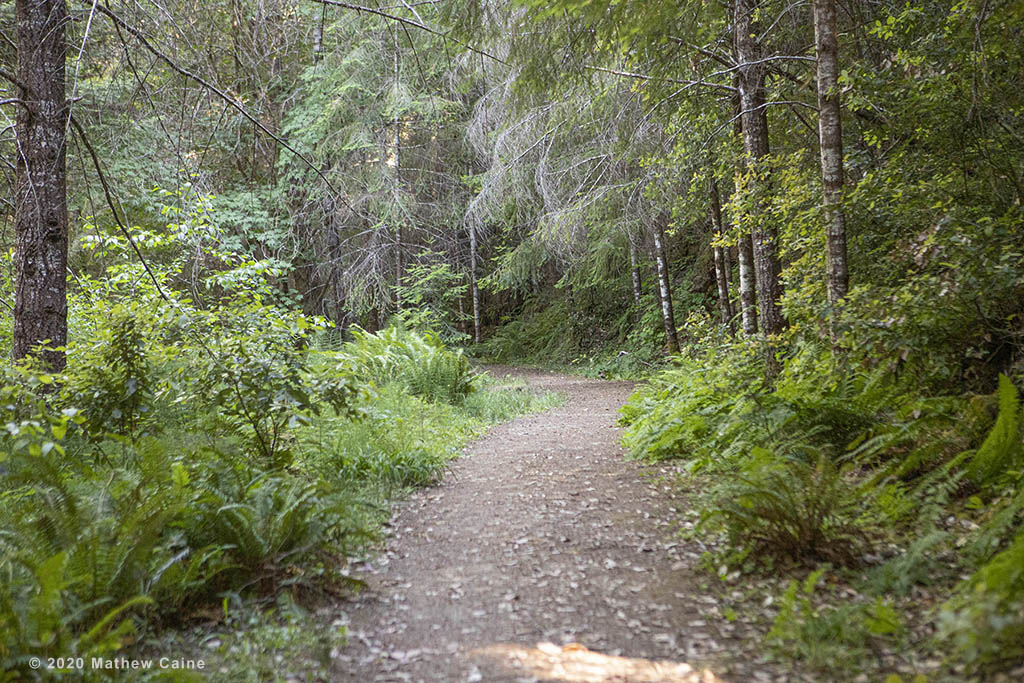California Fire Science Consortium
In the 2017 fires, homes were the most combustible part of the landscape (frequently trees in the yard survived the fire, but the home burned). Embers come in two forms, vegetation and construction material fragments. What can be controlled in a fire? Fuel arrangement and availability. Defensible space includes zones, 1= first five feet, 2= five to thirty feet, 3= thirty to one hundred feet. Exposure of homes to fire includes ember exposure, direct flame contact, and radiant heat. Zone 1 should be non-combustible (reduced flame contact), zone 2 should be green and live (reduces radiant heat exposure), zone 3 should be reduced fuels (reduces ember exposure). Fire-resistant plants are largely nonexistent. It matters more how they are maintained and positioned. All plants can burn depending on conditions. Mulch can burn as well. Home design priorities start with the roof. Venting is important, but vents, gaps and other openings must be blocked. Leaf litter clearing is important (dormers can be a weak point). Eighth-inch or smaller mesh coverings are recommended. Think carefully about choices of vent components. Siding should include a vertical non-combustible section. Ignition points such as firewood, leaf accumulation, other combustible items should not be stored near the house, especially under decks. The condition of your close neighbors’ houses is also critical.

